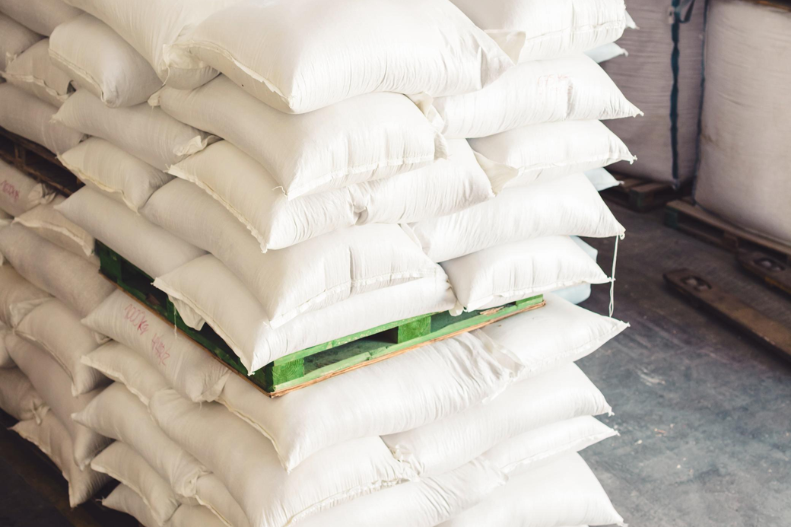Sandbags are an essential tool in any construction project. They offer a simple yet effective solution for a wide range of construction tasks. Whether you’re building a retaining wall, creating flood barriers, or stabilizing slopes, sandbags are your reliable companions.
Let’s dive into the basics of using sandbags for construction projects and set you on the path to success.
Get Started with Basics
To begin your sandbag journey, gather the essentials: sandbags, sand, and a shovel. Opt for durable, woven polypropylene bags to ensure reliability. Fill each bag with sand, leaving a bit of space for flexibility. Remember, proper filling ensures stability and effectiveness.
Plan Your Project
Before diving in, create your construction plan. Determine the layout, dimensions, and desired height of your structure. Planning ahead prevents hiccups and ensures a smooth construction process.
Constructing Retaining Walls
Retaining walls are essential for holding back soil and preventing erosion. Begin by laying the first layer of sandbags along the planned perimeter. Stagger the bags, ensuring stability. Continue stacking layers, compacting each layer with a tamper for added strength. For extra stability, consider using geotextile fabric between layers.
Building Flood Barriers
In flood-prone areas, sandbags serve as crucial barriers against rising waters. To deal with this, you can place a layer of sandbags parallel to the perimeter. It will create a strong base. Create a stack of layers in a pyramid shape to prevent leaks.
Remember to compact each layer for maximum effectiveness.
Stabilizing Slopes
Slopes prone to erosion require stabilization to prevent soil loss. Begin by laying a row of sandbags along the base of the slope. Stagger subsequent layers, gradually building up the structure. Secure the bags in place with stakes or rocks for added stability. For enhanced erosion control, consider planting vegetation on the slope.
Tips for Success
To ensure a successful construction project, keep these tips in mind:
- Regularly inspect the structure for signs of wear or damage.
- Monitor weather conditions and reinforce barriers as needed.
- Dispose of used sandbags responsibly to prevent environmental harm.
- Consider enlisting the help of friends or volunteers for larger projects.
How to Choose the Right Sandbags for Your Construction Projects
Material Matters:
Sandbags come in various materials, but the most common and reliable option is woven polypropylene. This material is known for its incredible durability and strength. This way, you have peace of mind that your sandbags can withstand the rigors of construction.
Size and Capacity:
Make sure to ponder over the size and capacity of the sandbags required by you.
Opt for bags that are large enough to hold an adequate amount of sand for your project while still being manageable to handle and transport.
UV Protection:
If your construction project involves prolonged exposure to sunlight, opt for sandbags with UV protection. UV-resistant bags will prevent premature degradation, ensuring your sandbags remain strong and reliable over time.
Closure Mechanism:
Look for sandbags with a secure closure mechanism to prevent sand from spilling out during transportation or use. Velcro closures, ties, or self-sealing mechanisms are all effective options to consider.
Stitching Quality:
Inspect the stitching quality of the sandbags to ensure they are strong and reinforced. High-quality stitching prevents the bags from bursting or tearing under the weight of the sand, enhancing their longevity and reliability.
Environmental Considerations:
For environmentally sensitive areas, consider eco-friendly sandbags made from biodegradable materials. These bags will naturally degrade over time, lessening their environmental footprint and simplifying cleaning.
Supplier Reputation:
Well, there could be many sandbag suppliers around. However, look for the one who can provide you high quality sandbags along with outstanding customer support.
Research supplier reviews and testimonials to ensure you’re purchasing from a trusted source.
Customization Options:
Ask if your vendor customize the sandbags to your needs.
Whether you require branded bags or specialized features such as handles or loops, inquire about customization possibilities.
Cost-Effectiveness:
Sure. It is important to consider your budget. However, prioritizing value over price can save you time and money in the long run. This is because those high quality bags are likely to last long.
Compliance and Certification:
Look for bags that meet specifications such as ISO 21898 and UN certification for hazardous materials, ensuring they meet stringent quality and safety requirements.
Conclusion
Sandbags offer a cost-effective, versatile solution for a variety of construction needs. Whether you’re fortifying against floods, stabilizing slopes, or building retaining walls, sandbags are your trusted allies. However, it is important to choose the right sand bags for your construction projects.
For this, you need to consider various factors, including material, size, UV protection, closure mechanism, stitching quality, environmental considerations, supplier reputation, customization options, cost-effectiveness, and compliance. This will help you choose the high quality sandbags for your requirements.
So grab your shovel, fill those bags, and embark on your journey to construction success!





